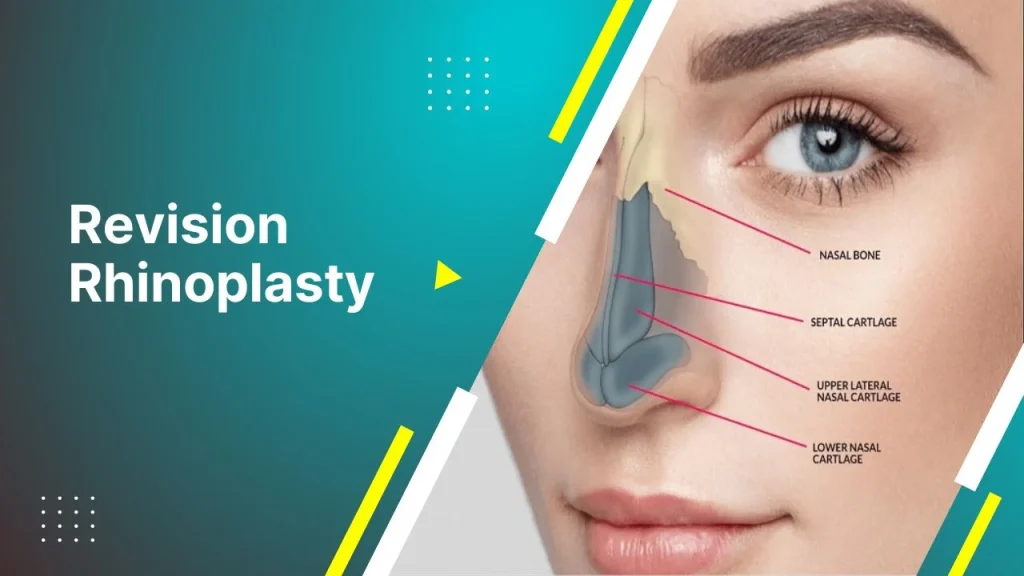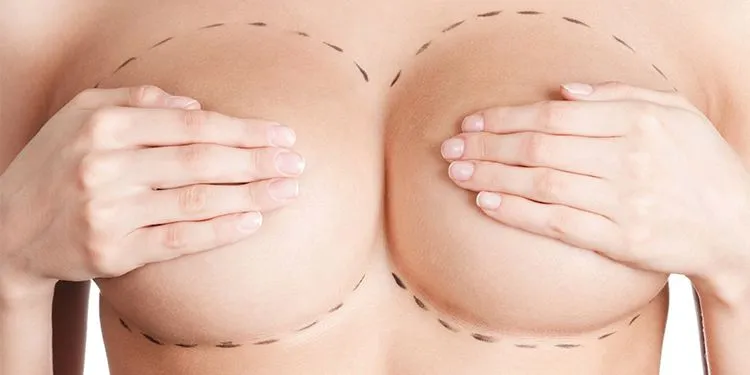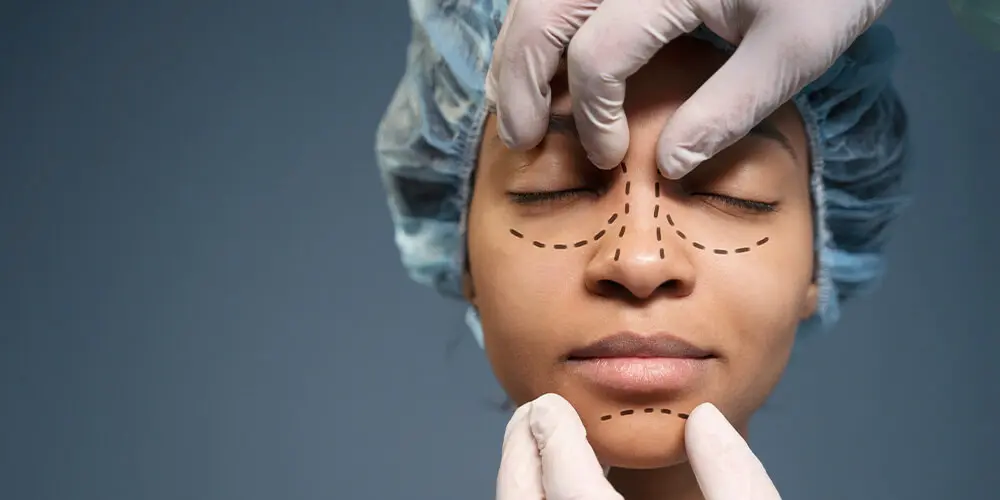Cosmetic surgery has come a long way since its inception, with significant advancements that have transformed how procedures are performed and the results they deliver. From the early, rudimentary techniques of the 19th century to the highly sophisticated, minimally invasive treatments available today, the evolution of cosmetic surgery has been marked by innovation, precision, and a deeper understanding of human anatomy. Whether it’s the development of safer, more effective surgical tools or the introduction of non-invasive alternatives like Botox and laser treatments, the field has continually pushed the boundaries of what’s possible. In this blog, we’ll explore how cosmetic surgery techniques have evolved over the decades, highlighting key milestones, technological advancements, and how these changes have shaped modern beauty standards and patient care.
Historical Milestones in Plastic Surgery
The history of plastic surgery is rich with groundbreaking milestones that have shaped the field into what it is today. One of the earliest recorded instances of reconstructive surgery dates back to ancient India, around 600 BCE, where the physician Sushruta performed reconstructive surgeries on noses and ears using skin grafts. However, it wasn’t until the late 19th and early 20th centuries that modern plastic surgery truly began to take shape. During World War I, pioneering surgeons like Sir Harold Gillies developed advanced techniques to treat soldiers with facial injuries, creating the foundation for reconstructive surgery as we know it today. The 1960s and 70s marked another significant turning point with the advent of breast augmentation using silicone implants, which revolutionized cosmetic surgery. In the 1990s, minimally invasive procedures such as Botox and laser resurfacing became popular, offering patients alternatives to traditional surgery. Today, the field continues to evolve with innovations like 3D printing, stem cell therapy, and enhanced surgical precision, improving outcomes and reducing recovery times. These historical milestones highlight the continuous progress in plastic surgery, making it safer, more effective, and accessible to a wider range of individuals seeking both aesthetic and reconstructive solutions.
Technological Advancements Shaping Modern Aesthetic Procedures
Technological advancements have dramatically transformed the landscape of modern aesthetic procedures, making them safer, more effective, and less invasive. One of the most significant breakthroughs has been the development of laser technology, which is now used in a wide range of treatments, from skin resurfacing to hair removal and tattoo removal. Laser treatments allow for precision and minimal downtime, offering patients faster recovery and better results. Similarly, minimally invasive techniques like Botox and dermal fillers have become popular for addressing wrinkles, fine lines, and volume loss, offering subtle, natural-looking results without the need for surgery. 3D imaging and computer-assisted surgery have also revolutionized the planning and execution of cosmetic procedures, allowing surgeons to create more accurate, personalized treatments. Additionally, advancements in stem cell therapy and platelet-rich plasma (PRP) have opened new possibilities for rejuvenating skin, promoting hair growth, and healing tissues. These innovations, combined with improved anesthetics and post-procedure care, have empowered both patients and practitioners to achieve outstanding aesthetic outcomes with less risk and reduced recovery times. As technology continues to evolve, the future of aesthetic procedures looks even more promising, providing patients with cutting-edge options to enhance their appearance safely and effectively.
Future Trends: What’s Next in the World of Cosmetic Enhancements
The world of cosmetic enhancements is evolving rapidly, with exciting advancements on the horizon that promise to revolutionize the way we approach beauty and self-care. One of the most anticipated trends is the rise of personalized aesthetic treatments, driven by artificial intelligence and 3D imaging technologies. These innovations will allow for highly tailored procedures based on an individual’s unique facial structure, skin type, and genetic makeup, ensuring more natural and harmonious results. Additionally, non-surgical body contouring techniques, such as fat-dissolving injections and advanced ultrasound technology, are likely to become even more refined, offering alternatives to traditional liposuction with minimal recovery time. Regenerative medicine, including stem cell therapies and gene editing, may soon play a pivotal role in reversing signs of aging, promoting tissue regeneration, and enhancing the skin’s natural elasticity. Lastly, virtual reality (VR) is expected to gain popularity, allowing patients to visualize potential outcomes of their procedures in real-time before committing. As these technologies continue to advance, the future of cosmetic enhancements looks not only more efficient but also more accessible, precise, and natural, offering individuals more control over their appearance with minimal invasiveness.
The future of cosmetic enhancements is incredibly promising, with technological innovations paving the way for more personalized, non-invasive, and effective treatments. As advancements like AI-driven customization, regenerative medicine, and non-surgical procedures continue to evolve, patients can expect increasingly refined results that are safer, quicker, and more natural-looking. These innovations will not only enhance the precision of cosmetic procedures but also empower individuals to make informed decisions about their aesthetic goals. The continued progression of these trends ensures that the future of beauty will be both cutting-edge and accessible, offering a new era of self-expression and confidence. As the industry evolves, the possibilities for what can be achieved in cosmetic enhancements are limitless.












